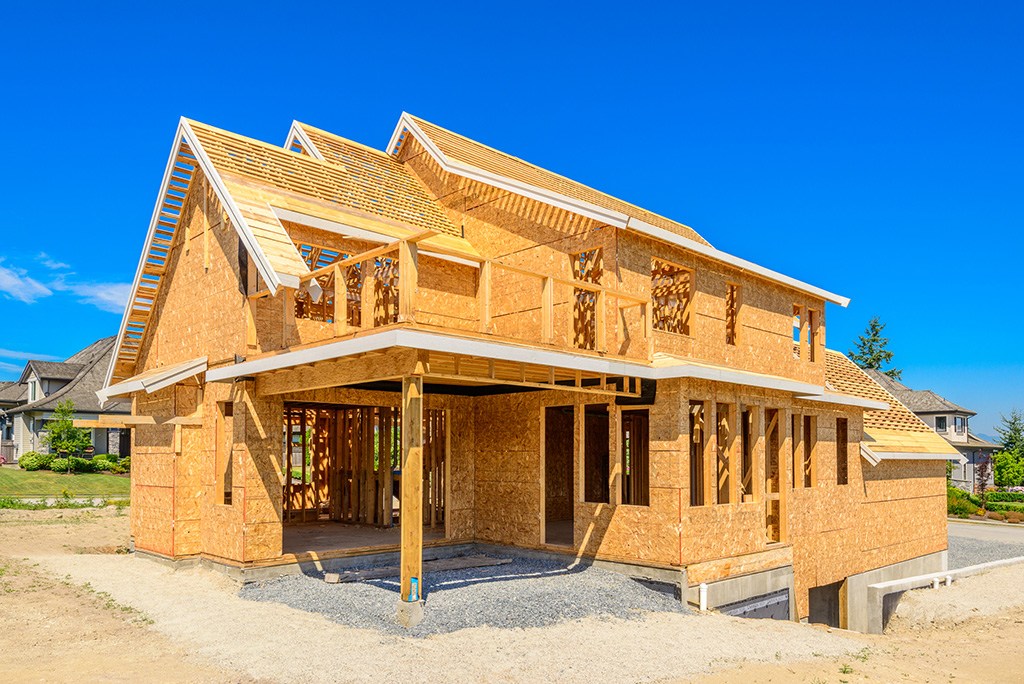 By Ken Ryan
By Ken Ryan
During the Great Recession more than a decade ago, housing was the sector that took the brunt of the economic fallout—a realization every flooring principal doing business at the time knows all too well. While most economists are forecasting a recession post-COVID-19, there are indications that housing won’t be as exposed as it was the last time.
Several recent reports assessing the market (remodeling and new construction) paint a picture of mixed results—not great but not disastrous, either. Remodeling activity is likely to see a decrease through the first quarter of 2021, according to the latest Leading Indicator of Remodeling Activity (LIRA). Released by the Remodeling Future Program at the Joint Center for Housing Studies (JCHS) of Harvard University, the LIRA expects owner expenditures for home renovations and repairs to decline at least through the first quarter of next year due to fallout from the COVID-19 pandemic.
Pre-pandemic, the LIRA pointed to a healthy rebound in home remodeling spending with annual growth of 3.9% by the first quarter of 2021, but the latest data incorporating both actual and projected impacts of the economic shutdown point to spending declines this year with further worsening into 2021.
“While there is still considerable uncertainty surrounding the near- and longer-term impacts of the pandemic, the best available evidence suggests substantial downturns in key remodeling indicators of new home construction, home sales and values of existing homes over the coming quarters,” said Chris Herbert, JCHS managing director. “Homeowners who are concerned about losses of income, home equity and other forms of wealth are anxious about making large investments in improving their homes in this economic environment.”
With the unprecedented changes to the U.S. economy since mid-March, the Remodeling Futures Program is providing a downside range for the home remodeling outlook, which incorporates forecasts for several core model inputs—retail sales of building materials, home prices and GDP. “Quarterly spending for improvements and repairs to the owner-occupied housing stock is projected to turn negative by the third quarter, and annual expenditures are expected to fall to $322 billion by early next year with potential for even more severe declines to follow,” said Abbe Will, associate project director in the Remodeling Futures Program at the Center. “Beyond the start of next year, remodeling activity that would typically result from expanding homebuilding, sales of existing homes and home prices mean the greatest downturn could come later in 2021 with recovery depending on what occurs in housing markets over the remainder of this year.”
The LIRA provides a short-term outlook of national home improvement and repair spending to owner-occupied homes. The indicator, measured as an annual rate-of-change of its components, projects the annual rate of change in spending for the current quarter and subsequent four quarters.
According to a report by Deloitte Insights, construction activity may be a bit soft in the next few months due to supply chain and labor shortages. However, the immediate fundamentals still look positive, Deloitte reports, and social distancing may have a smaller impact on the construction sector compared to others.
The Deloitte report noted that housing remains a smaller share of the economy than it was before the Great Recession. “In some ways, it has been a relief to see the sector return to normalcy. But with slowing population growth, housing is highly unlikely to be a major generator of growth for the U.S. economy in the medium and long run.”
According to Principia Consulting’s ongoing COVID-19 analysis related to housing, 88% of the $410 billion in residential new construction spending originally planned for 2020 is still projected to occur if social distancing guidelines last for 75 days.
The company said that projecting the impact of COVID-19 on new construction involves a good deal of uncertainty. For one thing, there’s no way to know the duration of governmental restrictions. There are also varying degrees of impact of these restrictions on the ground, the report concluded.
